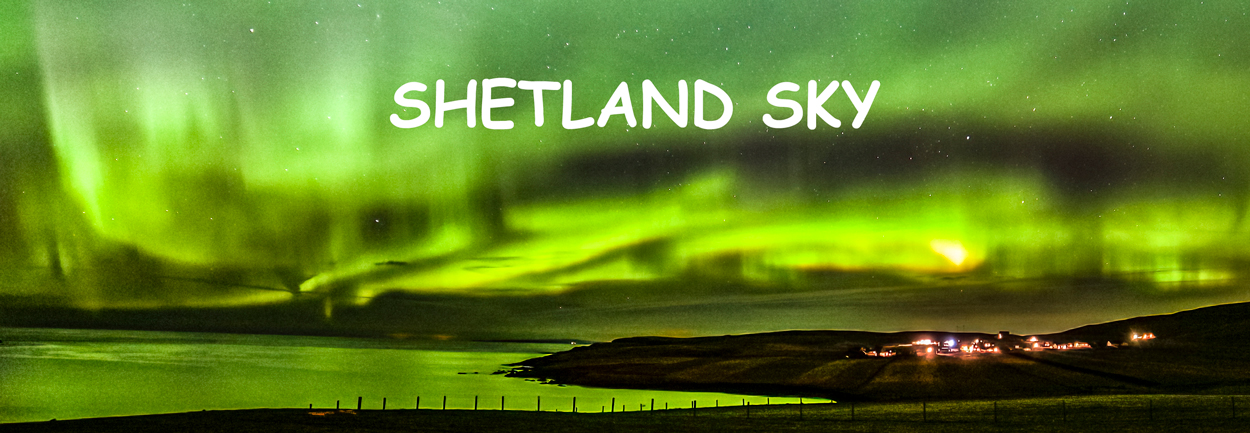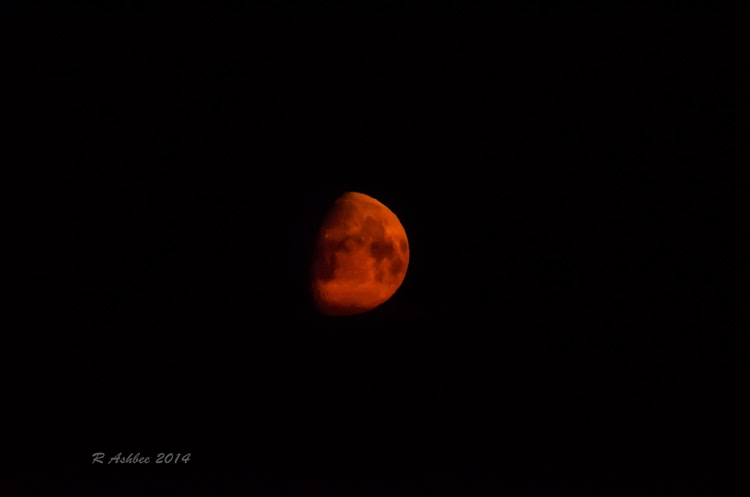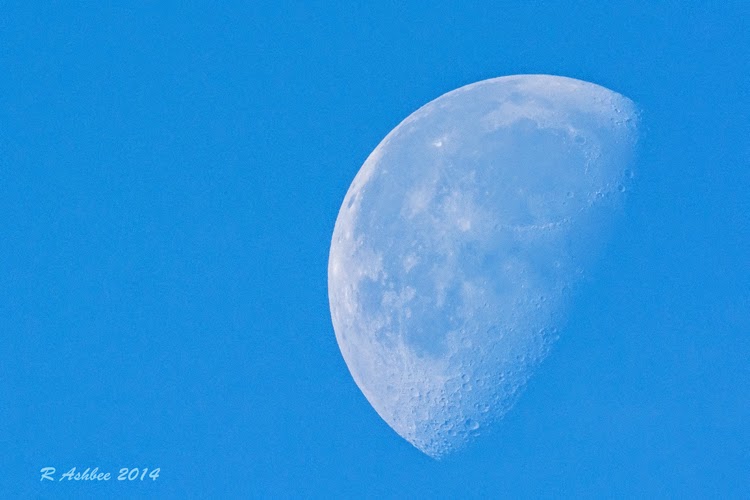On Tuesday the sunset was superb, very red which led me to believe that this might be a good night for an aurora as the moon was but just a sliver, a waxing crescent only 13 % full, of so little in the way of moon light pollution
Checking the Aurora forecast it was indicating above average solar activity, possibly to KP 4 which should be visible from Shetland providing the sky is clear. It was a question of keeping an eye on the alerts and be ready to out at short notice. My intention was to go north above Cunningsborough the place giving light pollution problems in the past, that would leave Gulberwick then Lerwick further north around 6 then 8 miles away.
I had not done any recces around here so it would be guess work where would be best. Need to add this to my day list of venues to visit. I wouldn't have time to go far. I charged the batteries and prepared my kit, which included the dew busting kit.
On Monday the strongest solar flare was early, around 9 pm which was good but its seems that no one photographed it judging by the lack of photos on various Shetland facebook sites and even though I was out I didn't see it either.
So back to Tuesday which indicating a KP 4 so off I went spending 3 hours out and again no aurora. You just never know so you can use the predictions as an indication but no guarantee of seeing anything, just go out and enjoy the night, there is always something to see even if you don't manage any photos. I was just setting up to do some star trails but cloud moved in and I only managed a couple of photos- o well there is always next time.
Just to show you how the alerts work, on Wednesday it was estimated at KP 3 between 9.00- midnight, yet the actual reading was a very low KP 0.33 at 10.30 pm.
Check this out:
http://www.dailymail.co.uk/travel/travel_news/article-2848983/Holidaymaker-s-time-lapse-video-captures-incredible-moment-meteor-hits-Earth-s-atmosphere-explodes-ring-dust.html?ITO=1490&ns_mchannel=rss&ns_campaign=1490
Saturday, 29 November 2014
Saturday, 22 November 2014
Moon Colour
When ever you see the moon it is compelling, you just have to look at it. The brightest light in the sky is hard to miss. You can on occasion see the moon in a different light or colour
Using different lenses and camera- see below for full info
Nikon D7100 + 800mm = 1600 mm
Nikon D7100 + 800mm lens = 1600 mm
When photographing the moon it is often better to start when its not a full moon, there is shadow say when its a 1/2 moon. Again here in Shetland the moon is also out during the day and it makes a nice change to catch it when its BLUE.
The best option to photograph the moon is to mount your camera on a tripod and use a cable release to reduce vibration. I manually focus the lens as in poorer light the auto focus doesn't sometime connect. Try ISO 200 to keep the noise down to a minimum and this will give you a setting of about 1/100 @ f/11. You could also try high or lower settings as it all depends on how dark your site is, how clear the moon is and in what phase and where you are located.
Use the longest lens you have at least a 300 mm but longer if possible. Using a 300 mm lens on a DX camera (cropped sensor) will give you 1.5 x the length so equivalent to a 450 mm lens. I use a Nikon D300 and a D7100 which has a built in tele-converter giving you 1.3 x + 1.5 x lens so using the longest lens I have this is a D7100+ 800 mm lens = 1600 mm equivalent giving a close up of the moon
Using different lenses and camera- see below for full info
Nikon D7100 + 800mm = 1600 mm
D300 + 500 mm = 750 mm
Setting as belowNikon D7100 + 800mm lens = 1600 mm
D300 + 200 mm lens = 450 mm
The best option to photograph the moon is to mount your camera on a tripod and use a cable release to reduce vibration. I manually focus the lens as in poorer light the auto focus doesn't sometime connect. Try ISO 200 to keep the noise down to a minimum and this will give you a setting of about 1/100 @ f/11. You could also try high or lower settings as it all depends on how dark your site is, how clear the moon is and in what phase and where you are located.
Use the longest lens you have at least a 300 mm but longer if possible. Using a 300 mm lens on a DX camera (cropped sensor) will give you 1.5 x the length so equivalent to a 450 mm lens. I use a Nikon D300 and a D7100 which has a built in tele-converter giving you 1.3 x + 1.5 x lens so using the longest lens I have this is a D7100+ 800 mm lens = 1600 mm equivalent giving a close up of the moon
Subscribe to:
Comments (Atom)










